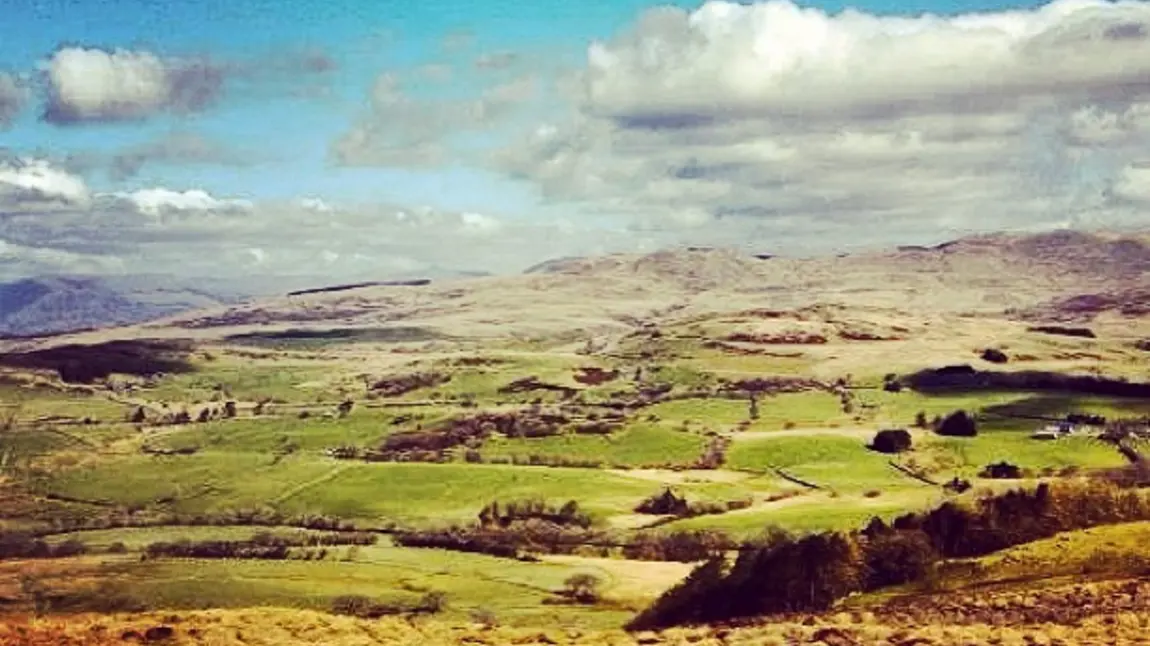New figures reveal impact of Wales’ heritage on UK tourism economy

- Wales’ heritage makes a £1bn GVA* contribution to UK tourism economy
- Heritage tourism supports over 24,000 jobs in Wales
- Wales’ cultural and heritage attractions receive more than 10m visitors per year
- Heritage tourism more important as economic driver in Wales than the UK as a whole
However, it is the relative importance of heritage tourism to Wales’ economy that is particularly interesting. Including direct, indirect and induced impacts**, Wales’ tourism sector contributes 1.8% of national GVA substantially higher than in the equivalent figure for the UK overall, of 1.1%. That means heritage tourism is a larger contributor to the economy in Wales than it is across the UK as a whole.
Cabinet Secretary for Economy and Infrastructure, Ken Skates, said: “Wales is blessed with a distinctive and diverse heritage and it’s important we make the most of this, not only to help us learn more about our past, but also to make the most of the economic benefits our unique heritage brings to our local communities, this report is valuable in demonstrating that contribution.
“Heritage is one of the motivations for many visitors to Wales and will continue to play a significant role in promoting Wales as a tourist destination.”
The report, The Impact of heritage tourism for the UK economy 2016, is the second follow-up to Investing in Success, HLF’s original report on heritage tourism*** published in 2010 in partnership with VisitBritain. The three reports analyse the impact of the heritage-based visitor economy and highlight the importance of continued investment from leisure, culture and heritage budgets in supporting UK tourism.
Richard Bellamy, Head of HLF Wales, said: “We may be a small country but when it comes to tourism, Wales punches above its weight. This new research highlights, for the first time, the draw of Welsh heritage and culture. It is vital we continue to champion it in order to build future economic success.”
Other results from the research, which was produced by Oxford Economics on behalf of HLF, show that:
Overseas visitor spend on heritage trips to the UK totalled £7.4bn in 2015 - 42 per cent of the total £17.5bn spend made by visitors to heritage attractions, which also included domestic overnight visitors (£4.7bn / 27 per cent) and day trippers (£5.3bn / 31 per cent).
Since the last time HLF carried out this analysis in 2013, total heritage visits to the UK have been stable but spending is up by 9% having been boosted by an 18% increase in international visits.
Heritage tourism is a vital part of the UK economy. In 2015, domestic and international tourists made 192 million trips to visit the UK’s cultural, historic and natural heritage assets.
The heritage tourism sector generated a £20.2bn** gross value added (GVA)*** contribution to UK Gross Domestic Product (GDP) and 386,000 jobs.
Notes to editors
The reports
- The 2010 report established that the heritage tourism sector made an even bigger contribution to UK GDP than the advertising, car manufacturing or film industries.
- Updated figures in 2013 illustrated that heritage had become an even more important motivating factor for both international and domestic visitors.
- Over all the data highlights the importance of continued investment from leisure, culture and heritage budgets in supporting tourism and its ability to help the UK economy.
- *Cultural, historic and natural heritage attractions refer to museums, theatres, historic houses, historic parks or natural landscapes such as wetlands and national parks.
- ** Direct, indirect and induced impacts – total economic impact taking account of supply chain and employee wage and salary expenditures.
- ***Gross value added (GVA) is a measure of the value of goods and services produced in an area, industry or sector of an economy. GVA is linked as a measure to gross domestic product (GDP).
- GVA + taxes on products – subsidies on products = GDP.